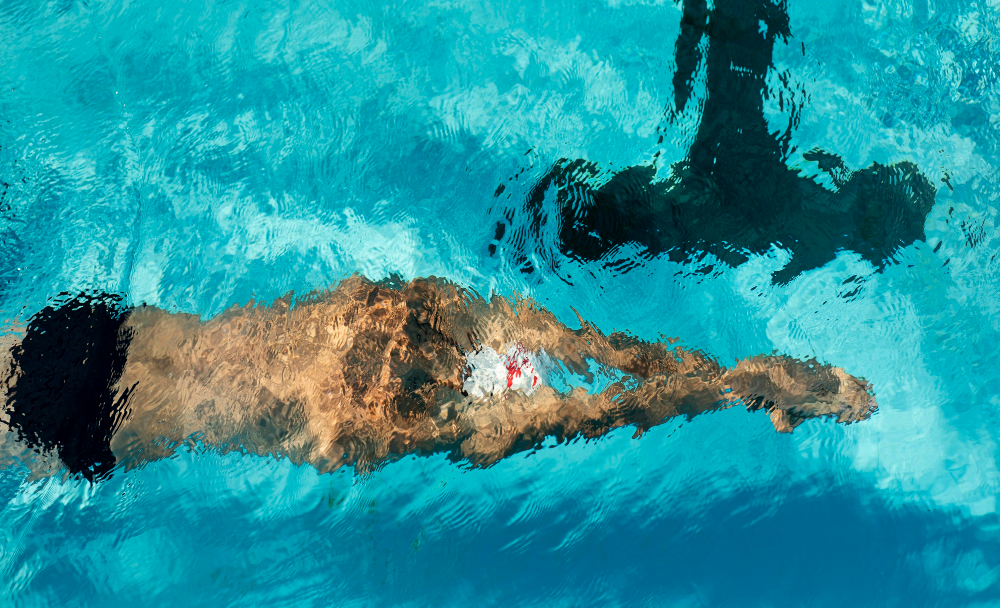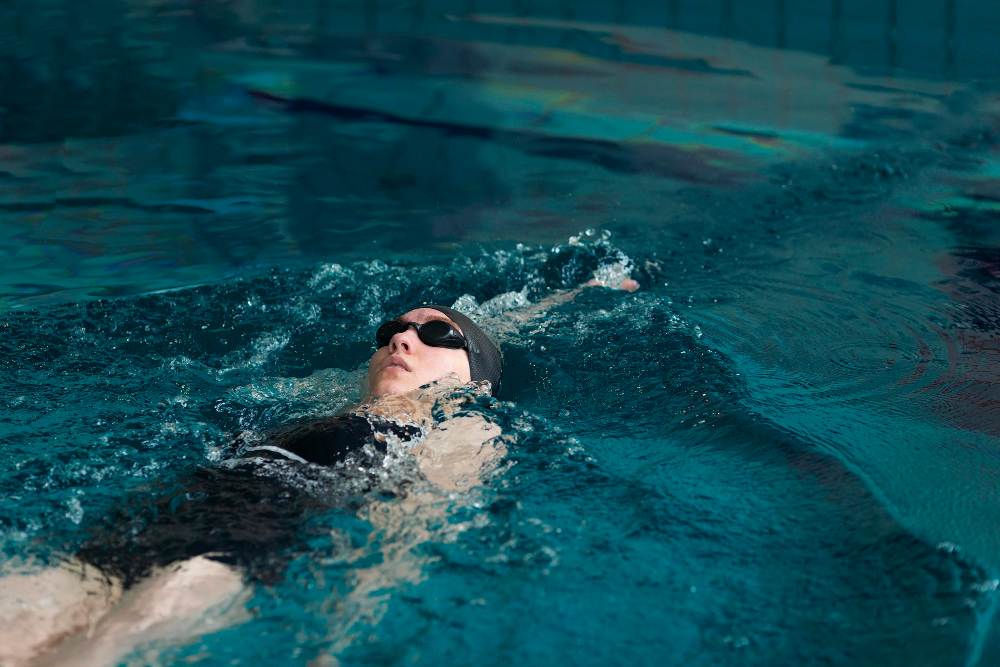Introduction
Swimming, often hailed as a refreshing and invigorating activity, can, at times, pose challenges that lead to a loss of control. Understanding the factors that contribute to this loss of control is crucial for swimmers of all levels. In this blog, we’ll explore the various elements that can impact a swimmer’s stability and composure in the water, shedding light on the importance of awareness and preparation.
1.Fear of Drowning:
Factor: One of the most significant contributors to a loss of control while swimming is the fear of drowning. This fear can be rooted in previous traumatic experiences, lack of confidence, or unfamiliarity with water.
Impact: Fear can trigger panic, leading to erratic movements and an inability to stay afloat. It hampers the swimmer’s ability to focus on proper technique, exacerbating the sense of losing control.
2. Inability to Swim:
Factor: Lack of swimming ability is a fundamental cause of loss of control. Individuals who haven’t mastered basic swimming techniques may struggle to navigate the water efficiently.
Impact: Without proper swimming skills, swimmers may resort to flailing or inefficient movements, expending unnecessary energy and increasing the risk of exhaustion and loss of control.
3. Health Issues:
Factor: Underlying health issues such as low blood pressure, low blood sugar, or cardiovascular conditions can contribute to a loss of control while swimming.
Impact: These health issues can lead to dizziness, weakness, or fainting in the water, compromising the swimmer’s ability to maintain control over their movements.
4. Environmental Factors:
Factor: External elements like strong currents, choppy waters, or unpredictable weather conditions can significantly impact a swimmer’s control.
Impact: Strong currents can pull swimmers off course, while turbulent waters make it challenging to maintain steady strokes. Sudden changes in weather can also create unexpected challenges, affecting a swimmer’s ability to stay in control.
5. Muscle Spasms and Cramps:
Factor: Fatigue, dehydration, or inadequate warm-up can lead to muscle spasms and cramps, particularly in the legs.
Impact: Muscle spasms can disrupt a swimmer’s rhythm, leading to an abrupt loss of control. In severe cases, cramps may cause discomfort and hinder the ability to move efficiently in the water.
6. Panic Attacks:
Factor: Swimmers prone to anxiety or panic attacks may experience an overwhelming sense of fear and loss of control while in the water.
Impact: Panic attacks can lead to hyperventilation, rapid heart rate, and an inability to focus on swimming techniques. This heightened state of anxiety can result in a loss of control and, in extreme cases, a heightened risk of drowning.
7. Sudden Medical Emergencies:
Factor: Unexpected medical emergencies such as heart attacks, seizures, or respiratory issues can occur while swimming.
Impact: These emergencies can incapacitate a swimmer, causing an immediate and severe loss of control. Swift and appropriate response measures are crucial in such situations to prevent further harm.
8. Encounters with Marine Life:
Factor: In certain aquatic environments, encounters with marine life, such as jellyfish or aggressive sea creatures, can startle swimmers, leading to a loss of control.
Impact: Fear or surprise reactions to marine life can result in sudden and uncoordinated movements, potentially increasing the risk of injury or loss of control in the water.
Addressing the Challenges
1. Swimming Lessons and Skill Development:
Solution: Enroll in swimming lessons to build and refine essential swimming skills. Proper technique not only enhances control but also boosts confidence in the water.
2. Water Familiarization:
Solution: Spend time in shallow water to familiarize yourself with the aquatic environment. Gradual exposure can help ease fear and build confidence.
3. Regular Physical Exercise:
Solution: Maintain overall physical fitness through regular exercise, including activities that strengthen core muscles and improve cardiovascular health. This can enhance endurance and reduce the likelihood of muscle spasms.
4. Environmental Awareness:
Solution: Stay informed about the swimming conditions in your chosen environment. Check weather forecasts, be aware of water currents, and adhere to safety guidelines provided by lifeguards or authorities.
5. Mental Preparation:
Solution: Practice relaxation techniques and mental preparedness to manage anxiety and fear. Visualization and controlled breathing can help maintain composure in challenging situations.
6. Regular Health Check-ups:
Solution: Schedule regular health check-ups to identify and address any underlying medical conditions. A thorough understanding of your health status can contribute to a safer swimming experience.
7. Stay Hydrated:
Solution: Prioritize hydration before and during swimming sessions. Dehydration can contribute to muscle cramps, so ensuring adequate fluid intake is essential.
8. Emergency Response Training:
Solution: Equip yourself with basic emergency response skills. Knowing how to respond to unexpected situations, including medical emergencies, can make a significant difference in ensuring personal safety and that of others.
Conclusion
Swimming, when approached with awareness and preparation, can be a source of joy, relaxation, and physical well-being. Understanding the factors that contribute to a loss of control is the first step toward mitigating risks and fostering a safer aquatic experience. By addressing fears, improving skills, and being mindful of environmental conditions, swimmers can navigate the waters with confidence and enjoy the numerous benefits that swimming has to offer.




